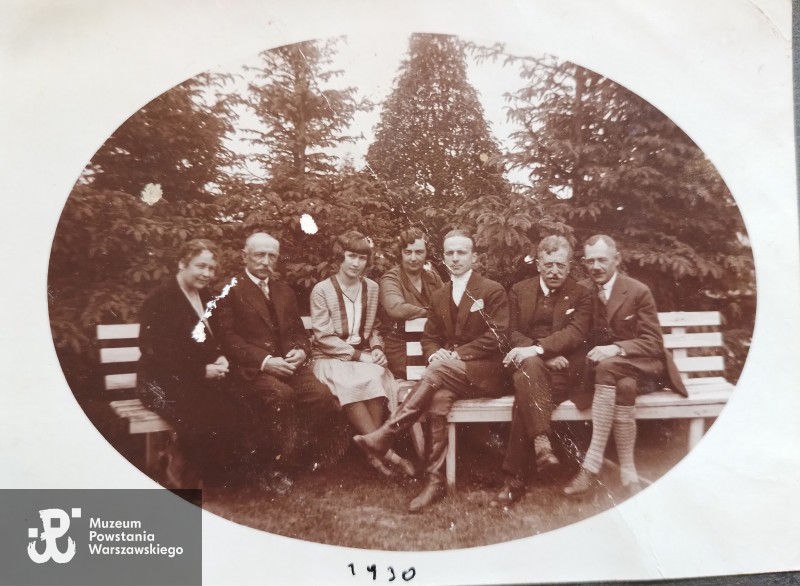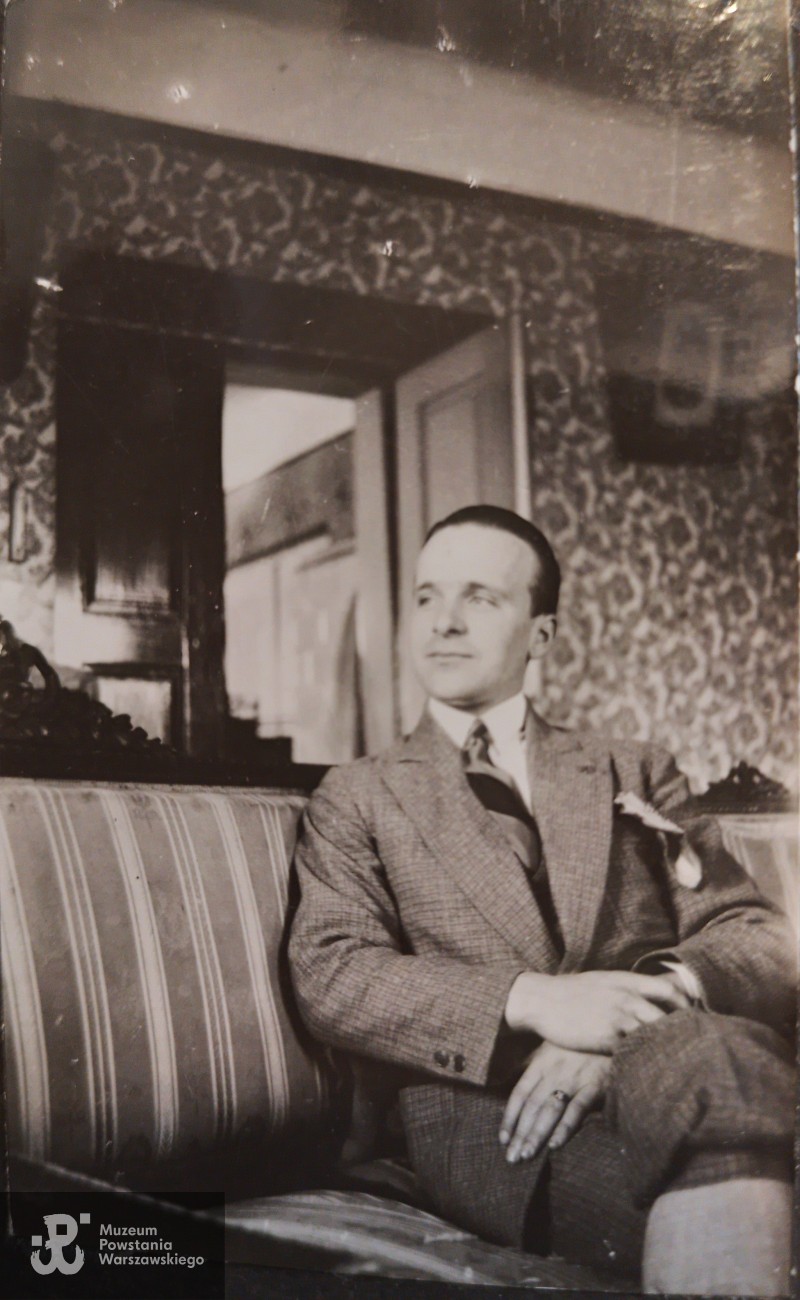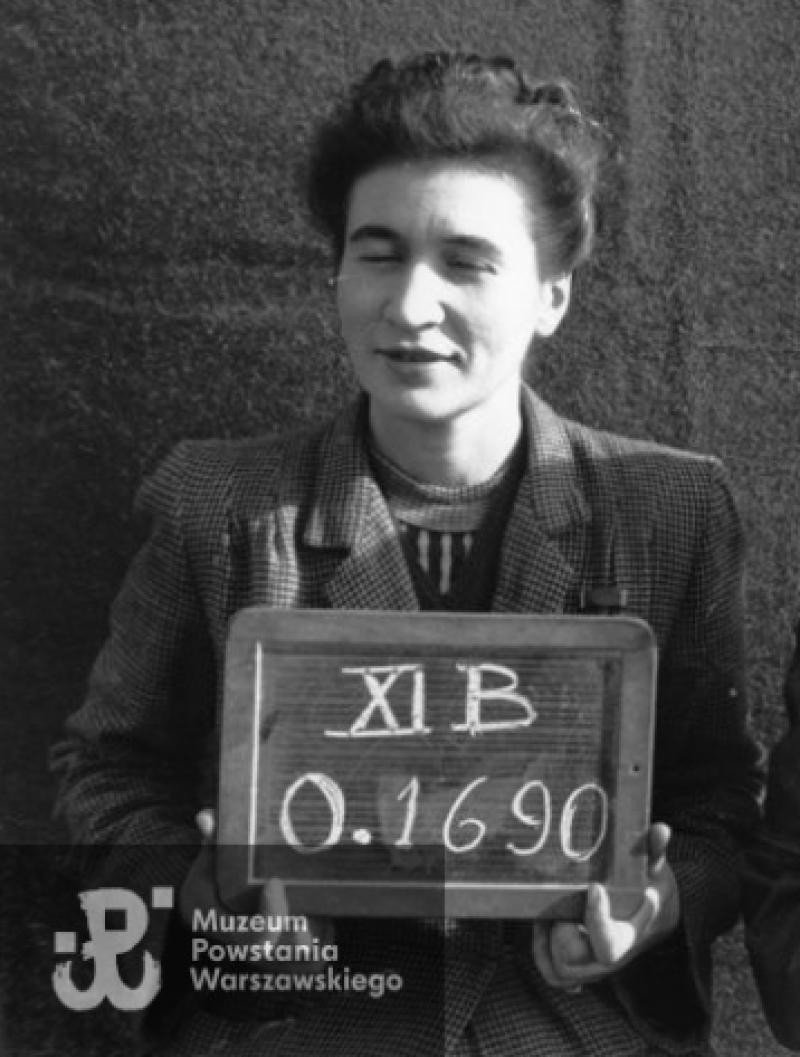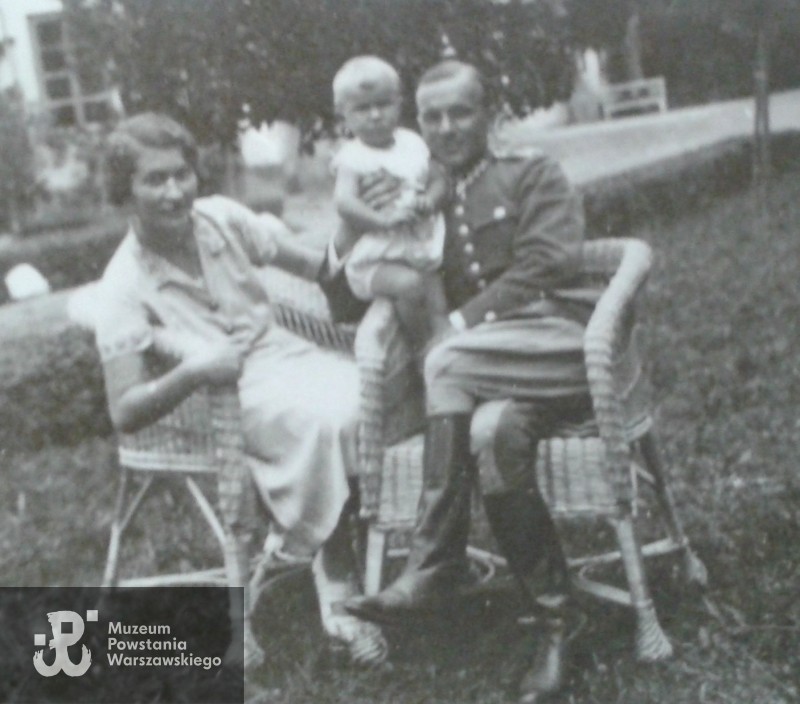



Tragedy of the Warsaw Rising, bravery of the Insurgents and the suffering of the civilians are discussed whenever the case of the fighting for freedom in Warsaw in the summer of 1944 is brought to discussion. One of the most terrifying elements of the drama of the Rising was the passage through sewers. Today, we reveal the story behind the most iconic photograph related to the ‘underground inferno’!

Photo: Jerzy Umiński ‘Zbroja’ being dragged out of a sewer by Germans during Warsaw Rising. Author: August Ahrens PK/Warsaw Rising Museum Collection
For years, the above mentioned photograph was labeled as the one showing an insurgent who was being taken out of a sewer by Germans. In most of the cases we read that the man was executed shortly afterwards in the infamous ‘Dworkowa Street’ execution orchestrated by Germans when about 120 Polish soldiers were killed though at that time they should have been already treated as prisoners-of-war.
According to Jerzy Umiński’s family account, the man in the photograph is Jerzy Umiński ‘Zbroja’ who fought in the Mokotów district.
What seems to be most interesting in the story is the fact that Jerzy Umiński was not executed. He was deported to a POW camp, survived the war and after liberation of the camp, he returned to Poland. Sadly, he did not live long. In 1947, Jerzy Umiński was killed in a motocycle accident.
The hero of our story was born in 1906 in Dziembakowo in a landed family. He loved horses and motobikes. In 1931 he married Maria née Nowca and after the birth of their son Andrzej in 1936 the family moved to Rakowiec near Warsaw where Jerzy became a manager of a land estate. Their happiness was short lived. World War II broke on 1 September 1939 and Jerzy was mobilized. Maria took the children (Andrzej, born 1932 and Marek, born in1937 ) and left Rakowiec. Luckily, neither Jerzy nor Maria were captured or injured at the begining of the war that swept the country. They returned home and engaged in the Underground.


A few years ago, at the Warsaw Rising Museum we interviewed Alojzy Tołwiński, a Warsaw Rising soldier, who recalled the first days of August 1944:
„I served in the Warsaw Rising under Jerzy Umiński’s ‘Zbroja’ command. We were in touch all the time, on the phone or personally, and it was Lieutenant Umiński who informed me where and when I have to present myself if the Rising starts. Our job was to attack the Szucha Avenue first. We stood no chance. German heavy-machine guns fire along Bagatela Street made it impossible to get to Szucha Avenue. We lost some of our men and these were not the last friends who fell. We moved to Czerniaków (…)”.
[Oral History; in: https://www.1944.pl/archiwum-historii-mowionej/alojzy-tolwinski,1130.html]
Maria Umińska’s war name was ‘Myszka’. She took part in the Warsaw Rising as her husband and consequently was sent to a POW camp in the Third Reich. In Fallingbostel XI C she was registered as POW no. 1690. The camp was liberated in 1945 and Maria could be reunited with her sons and husband afterwards. They lived in Bielsko-Biała near the southern border of Poland and she was helping many Poles to flee into exile what was perceived by the communist authorities as a strong violation against the law. Therefore, even though Maria moved to Szczecin after tragic death of her husband in 1947 and remarried, the communists did not forget about her allegiance to the Home Army and dreams of independent Polish state. She was captured by the Communist Ministry of Public Security (MBP) in 1949 and spent 7 years in prison! In the meantime she divorced her second husband and after returning to normal life, she married Władysław Boczoń, whose life was a ready movie script (He was a Polish Army officer, captured by Germans in September 1939, who became an Abwehr officer still working for the Poles!).

Photo: Maria Umińska ‘Myszka’. 10 October 1944. Stalag Fallingbostel XI C.

There are still many questions and unsolved riddles when it comes to the history of World War II. The losses endured during the war and the Warsaw Rising are still felt among the Polish families. What the future holds? We want to respect those who sacrificed their lives for the freedom of Poland. More and more descendants of those who lived in the times of war want to learn what happened to their families. Exploring our roots can truly help us live better lives and appreciate what we have and what may be lost. Anytime. As it happened to them in WW2.
Sources: Nasze Korzenie, no.20 /06.2022, ISSN 2084-2600, IPN Archive: ref. no. IPN BU 531/37, IPN Ka 238/3696, IPN BU 1558/159, Janusz Bielicki Family Archive